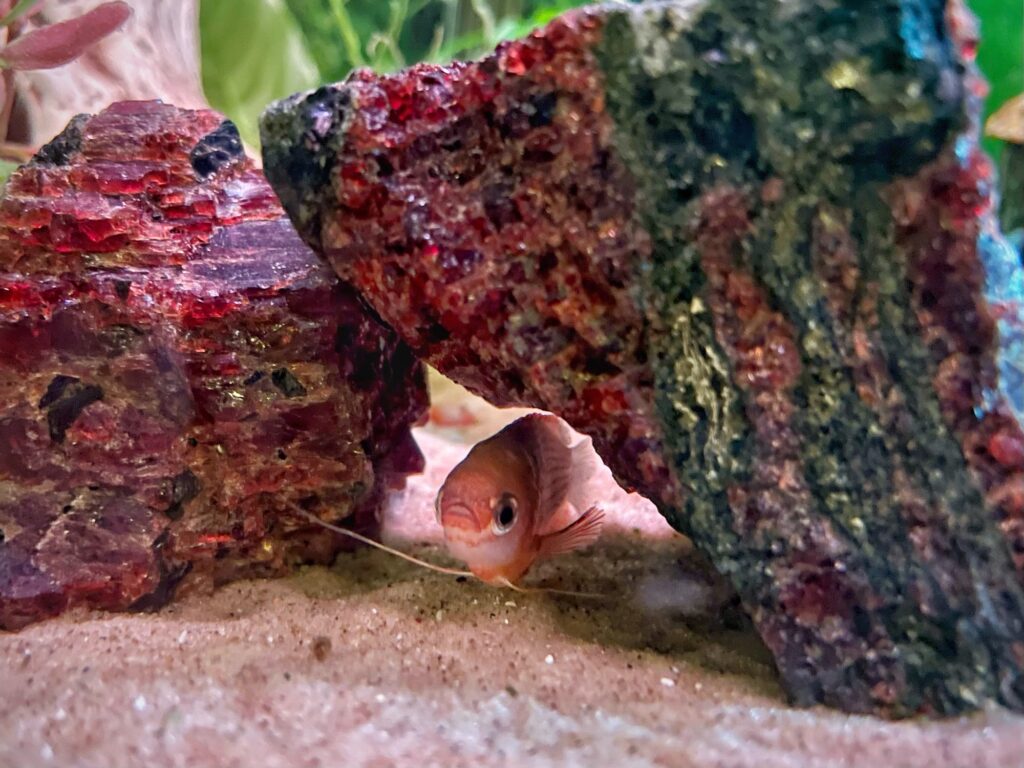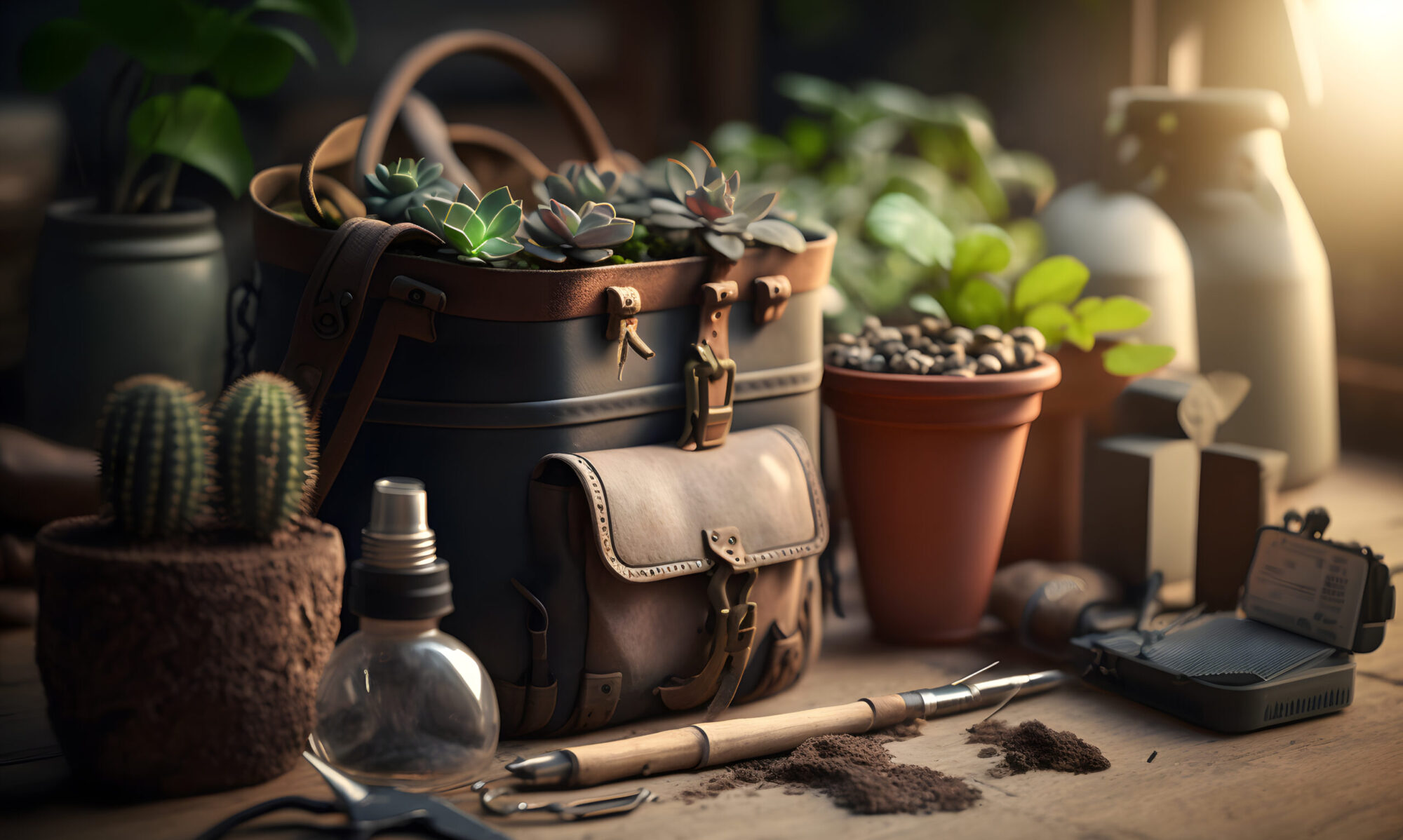Draft 3 (ProtoBuild)
Draft 3 (ProtoDraft)
Super Monday (The Next Day)
Super Sunday
Best Plants for Goldfish Tanks
Plants for goldfish tanks…that they won’t destroy.
Low Light
- Java Fern
- Java Moss
- Anubias
- Marimo Moss Balls
These are not buried in substrate. Can tether to decorations.
Med – High Light
- African Onion Plant (Crinum Calamistratum)
- Water Sprite (Water Spritea Fern)
- Elodea (Anacharis)
Farewell to Fallen Friends
Survivors
Diagonal Slatted Wall

Hillsboro Cemetery Plots
Bit-O-Honey

Sweet new Honey Gourami takes a little rest in the garnet tunnel. (Absolutely love his little feeler arms!)
